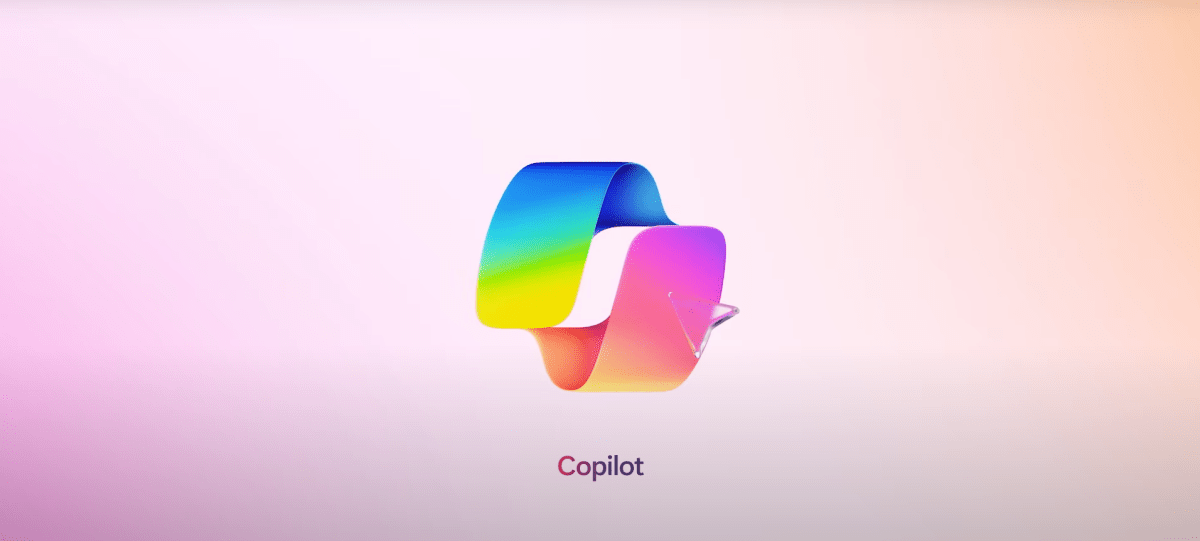Copilot, Microsoft’s family of AI-powered chatbots and assistants, is getting a few new upgrades timed with a flashy Super Bowl LVIII ad campaign. In a post on the official Microsoft blog, Yusuf Mehdi, Microsoft’s chief marketing officer, outlined what users can expect. “Today marks exactly one year since our entry into AI-powered experiences for people […]
© 2024 TechCrunch. All rights reserved. For personal use only.
Copilot, Microsoft’s family of AI-powered chatbots and assistants, is getting a few new upgrades timed with a flashy Super Bowl LVIII ad campaign.
In a post on the official Microsoft blog, Yusuf Mehdi, Microsoft’s chief marketing officer, outlined what users can expect.
“Today marks exactly one year since our entry into AI-powered experiences for people with Bing Chat,” he wrote. “In that year, we’ve learned so many new things, and seen the use of our Copilot experiences explode with over 5 billion chats and 5 billion images created to date . . . Now with Copilot as our singular experience for people looking to get more out of AI creation, we’re introducing further . . . capabilities.”
The Copilot experience on the web, Android and iOS now features an improved AI model, Deucalion, along with a more “streamlined look and feel,” Mehdi said — with a cleaner style for answers and a carousel of suggested prompts to feed Copilot (e.g., “How would you explain AI to a sixth grader?”).
Designer in Copilot, meanwhile — a tool that taps generative AI models like OpenAI’s DALL-E 3 to turn prompts into images — has new editing capabilities.
The upgraded Copilot experience on the web. Image Credits: Microsoft
All English-speaking Copilot users in the U.S., U.K., Australia, India and New Zealand can now edit images in-line in the flow of a chat — for example, colorizing an object, blurring an image background or changing the style of the image (e.g., to pixel art). And subscribers to Copilot Pro, Microsoft’s $20-per-month premium Copilot plan, can resize and regenerate images between “square” (i.e., portrait) and landscape.
Coming soon to Copilot is Designer GPT, Mehdi said, which will offer a more “immersive, dedicated canvas” inside Copilot where users can “visualize their ideas.”
Designer caused quite a stir earlier this year when malicious users, mostly from the image board 4chan, used the tool to create pornographic deepfakes of Taylor Swift — and spread them across X (formerly Twitter). Designer had guardrails designed to prevent inappropriate prompts, Microsoft claimed — but users found loopholes like misspelling names and describing images that didn’t explicitly use sexual terms but generated the same result.
Last month, Microsoft said that it addressed the Designer loopholes by making it impossible to generate celebrity images. But, as with all GenAI tools, it’s likely to be a never-ending cat-and-mouse game between bad actors and vendors.
“Microsoft’s advancements in AI align with our company mission to empower every person and organization on the planet to achieve more,” Mehdi continued. “With Copilot, we’re democratizing our breakthroughs in AI to help make the promise of AI real for everyone.”
Mehdi didn’t address the performance issues with Copilot Pro — a common complaint among early subscribers.
Copilot Pro is supposed to come with priority access to the underlying OpenAI models powering Copilot even during peak times, but users report dealing with exceptionally long generation times and other, potentially related bugs. Windows Central speculates that the root of the problem is insufficient server capacity, but lacking official comment, it’s impossible to know for certain.

Leave a Reply